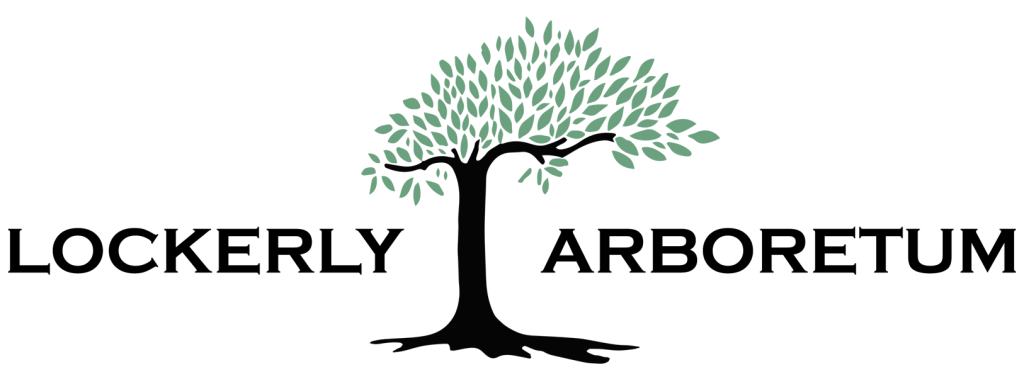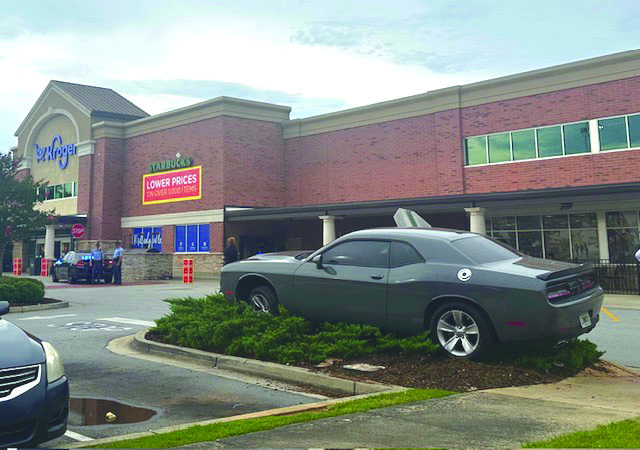LETTERS FROM LOCKERLY: Mesmerizing maps
Published 12:19 pm Tuesday, June 3, 2025

- Lockerly
I wish I could pinpoint my love (borderline obsession) with maps to a particular moment or memory. This is not the case. My devotion to the world of cartography was likely built over time through multiple interactions with maps. However, one experience does stand out.
The summer before my senior year of high school, I was lucky enough to spend over a month adventuring in Alaska. Our final leg of the trip consisted of a two-week backpack through the Talkeetna Mountains a bit northeast of Anchorage. This was my first exposure to USGS topographical maps. My pervious backpacking experiences were all more introductory, along well-marked trails, with a trusty Nat Geo map of the National Park or Forest. These maps covered large swaths of land on the relatively small map because small scale details were less important. But for this trip through the Talkeetnas, there were no trails. We needed more detailed maps. So, we carried seven separate quads, each covering about a four-square-mile section that when laid out altogether, connected to cover our route. I remember being mesmerized that one could gather so much knowledge about a place from a map.
This fascination with what maps can teach us continued. When I was accepted to graduate school at the University of Utah, one of the first purchases my husband and I made upon moving to Salt Lake City (and first decoration on the wall of our tiny apartment) was a detailed map of Utah, our new home that needed exploring. One spot stood out to me immediately – a giant white blotch on an otherwise colorful green and reddish-brown map. This spot represented the Bonneville Salt Flats west of Salt Lake, a few miles from the Nevada state line. I had never seen a natural space depicted this way on a map; there appeared to be no topography lines, no signs of life (usually represented by green coloring), or even rocky terrain (often represented with red or grey coloring). I was most intrigued. This one spot on a map ended up leading to my involvement in a research project in the Salt Flats throughout grad school, which ultimately connected me to multiple other wonderful opportunities I would not have been exposed to.
Trending
More recently, my obsession has taken a turn from the natural to the historical. Rose Hill (and Milledgeville at large) has such a deep history, I have been working to expand Lockerly’s field trip curriculums from exclusively science-based to include a program that meets Georgia standards for excellence in social studies as well. As I brainstormed and researched potential ideas for this course, the curriculum took many different shapes.
As if there was an imaginary compass rose pointing me to my true north, I ended up settling on maps as the vessel to educate students about the history of Rose Hill and Milledgeville. Thanks to Georgia College’s Dillard library staff, I was given access to some incredible historical maps; from the original 1808 plan for downtown Milledgeville as the new Georgia capital, to Baldwin County maps spanning decades of the 20th century. The changes to this place are visible, right before you. The history of the past is evident. Just as staring at a map of the state of Utah led to questions about the Bonneville Salt Flats, staring at maps of Milledgeville and Baldwin County led to questions: “Who was this person?” and “Why was this place important enough to note in the legend alongside the old capitol?” Maps invite curiosity. Maps stimulate an itch for exploration. Maps tell stories. Maps mesmerize.
If you are a teacher (or know a teacher) who thinks their students may be as mesmerized by maps as myself, contact me to schedule a field trip out to Lockerly Arboretum and historic Rose Hill to learn more about the people, places, and events that shaped Milledgeville.





